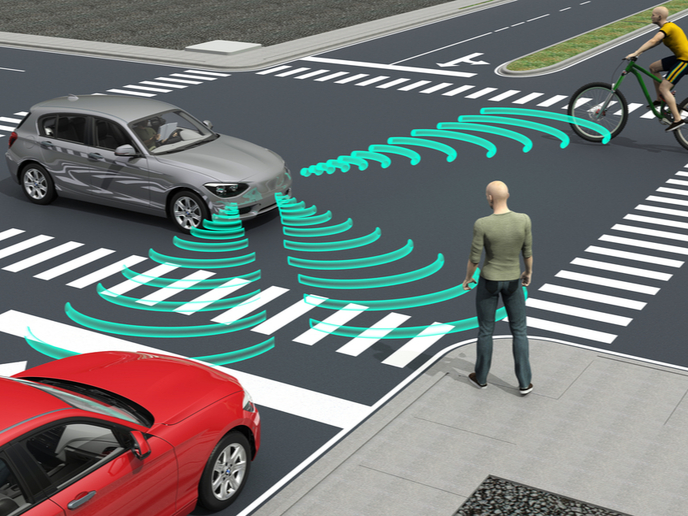Liquid battery allows fast recharge and double the range of e-vehicles
Both national and international regulations to reduce greenhouse gas emissions (GHGs), alongside increasing consumer concerns about unsustainable products, are driving plans to replace high-polluting fossil fuel-based vehicles with electric alternatives. The EU’s ambition is to decarbonise the transport sector by 2050(opens in new window). Despite this direction of travel, uptake of electric cars has remained low, accounting for just over 2 % of vehicle sales in 2018(opens in new window). Adopters are frequently put off by battery limitations. These often require long recharging times (4 hours on average) with low energy density reducing driving range to a maximum of 300 km. Solid-state batteries also drain the network as they simultaneously charge. BETTERY(opens in new window), the company behind the EU-supported Nessox project, improved the technical specifications and validated the performance of a prototype for a patented new class of lithium/oxygen liquid battery. The new Semi-Solid Flow Li/O2 (NESSOX) battery can be recharged in a few minutes (without significant grid impact), while offering double the driving range previously possible. Under the project, the team were also able to assess the marketability of this novel battery.
The radical new flow lithium/oxygen battery
NESSOX is a semi-solid liquid battery. The liquid works as a flowable electrode acting simultaneously as an electrolyte and as a catholyte carrying O2. Conventional Li/O2 cells are solid, with air breathing cathodes; the O2 reaches the cell core from outside as a gas. The drawback here being the slow speed of its transport. In a NESSOX, O2 is in the fluid that circulates in the cell and so is transported in the cell core more quickly. “NESSOX differs from other lithium/oxygen batteries as it combines the lightness and high performances of that technology with the modularity of flow batteries,” says Francesca Soavi, project coordinator. “And using a proprietary, semi-solid catholyte based on carbon nanoparticles assures flexibility, high performance and discharge capacity at densities never reported before.” NESSOX is fully compatible with current charging infrastructure and includes a key game-changing feature – the ability to charge without having to physically connect vehicles to the grid. This is possible as exhausted flowable electrodes are simply replaced with those already recharged from renewable sources. During the project, BETTERY carried out experimental tests on the new NESSOX prototype achieving a current density of 2.0 mA/cm2, nominal power of 100 mW, and cell surface area of 24 cm2. The team estimate that the NESSOX battery cost will be at least 30 % less than solid electrode Li-ion batteries. “Our work demonstrates the highest specific energy and safety, at the lowest cost and recharge time ever reported in scientific literature,” says Soavi.
Heavy-metal free, highly scalable and eco-friendly
By avoiding the use of rare materials, NESSOX will help Europe remain competitive in the global innovative and clean energy sector. The battery is already gaining recognition. BETTERY won the European Institute of Innovation and Technology’s(opens in new window) Raw Material Summit’s Battery Challenge, 2019. “According to the EU’s roadmap, Li/O2 batteries will be commercialised from 2030. But once investment is in place, we will be ready to upscale this promising and disruptive technology to a pre-industrial prototype for testing in real environments,” says Soavi. BETTERY is targeting e-bike and e-scooter manufacturers, with interest already expressed by Italian and French producers, as well as outside Europe from as far afield as Japan. Further down the line, the team will look at wider electric mobility applications such as drones, before moving on to e-ships, e-buses, e-trains and renewable energy plants (photovoltaic and wind) where the NESSOX battery can be integrated as an energy storage system.







